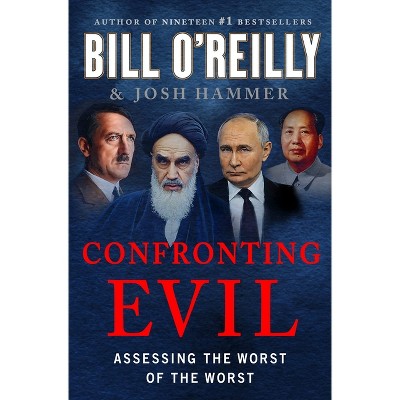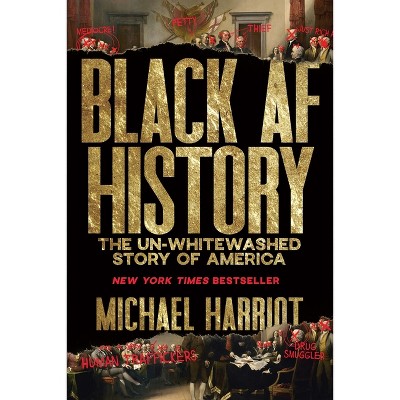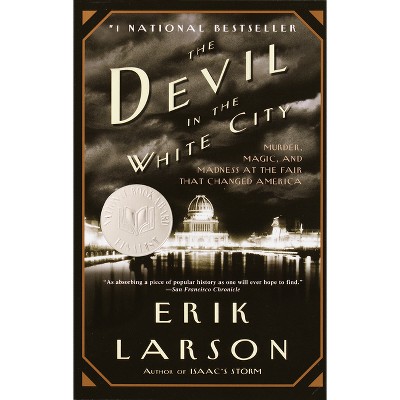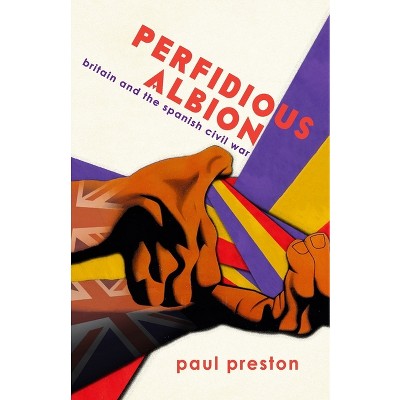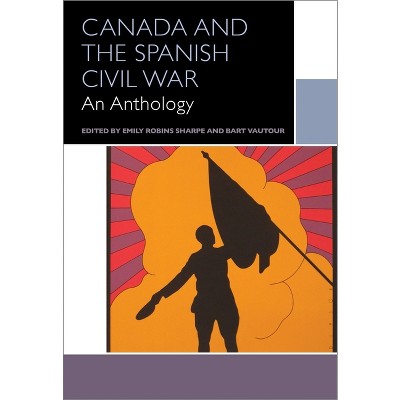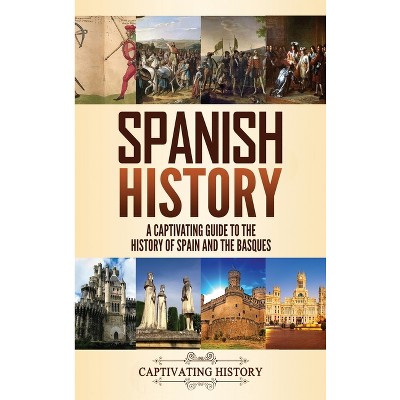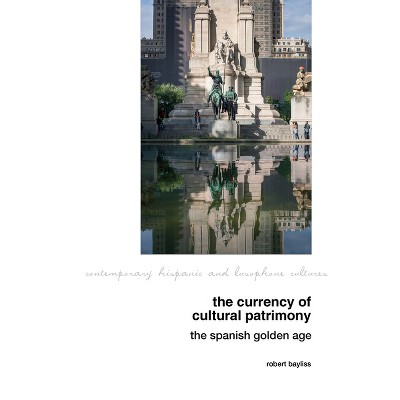The Spanish Civil War in the British and French Press - (Lse Studies in Spanish History) by Martin Minchom (Hardcover)

About this item
Highlights
- This book examines coverage of the Spanish Civil War by the leading French and British newspapers, and agencies like Havas and Reuters.
- Author(s): Martin Minchom
- 328 Pages
- History, Europe
- Series Name: Lse Studies in Spanish History
Description
Book Synopsis
This book examines coverage of the Spanish Civil War by the leading French and British newspapers, and agencies like Havas and Reuters. Their foundational reporting created a bedrock of 'shared news', which reverberated in places as geographically and ideologically remote as Moscow or Berlin.
It focuses on how key events like the mass killings in Badajoz, the siege of the Alcázar of Toledo, the Battle of Madrid, and the bombing of Guernica broke as immensely impactful news stories. By returning to first news, we can view familiar events with fresh eyes. For example, reporting on the siege of the Alcázar was shaped by Republican control of Toledo and had little in common with later Nationalist triumphalism. Guernica is studied as a breaking news story, but also as the culmination of a series of destructive aerial bombardments, including Madrid and Basque towns, which all fed into Picasso's masterpiece. This book charts the links and transitions between day-to-day reporting, journalistic reportage, and transformative mythmaking.
Minchom utilizes a wide range of material from newspaper libraries, digital resources and extensive archival research. The author draws on his interviews and correspondence with Sir Geoffrey Cox (1910-2008), News Chronicle's Madrid correspondent in November 1936.
Review Quotes
"(The book's) particular strengths lie in the mechanisms of reporting in Spain, including the divisions between the Republican and insurgent zones; the place of transnational news sharing; and the limits of each agency and newspaper's reach." Stephen Rainbird, London School of Economics
Minchom explores the ways in which journalists came to cover particular stories, perhaps at the expense of others, and how these stories helped shape the 'big narrative', of the Spanish Civil War." Professor Peter Anderson, University of Leeds
Shipping details
Return details
Trending History

